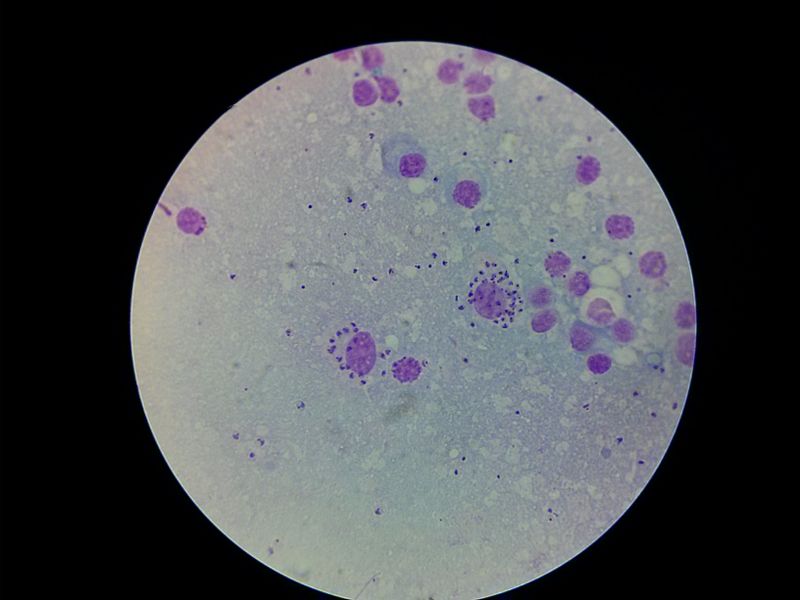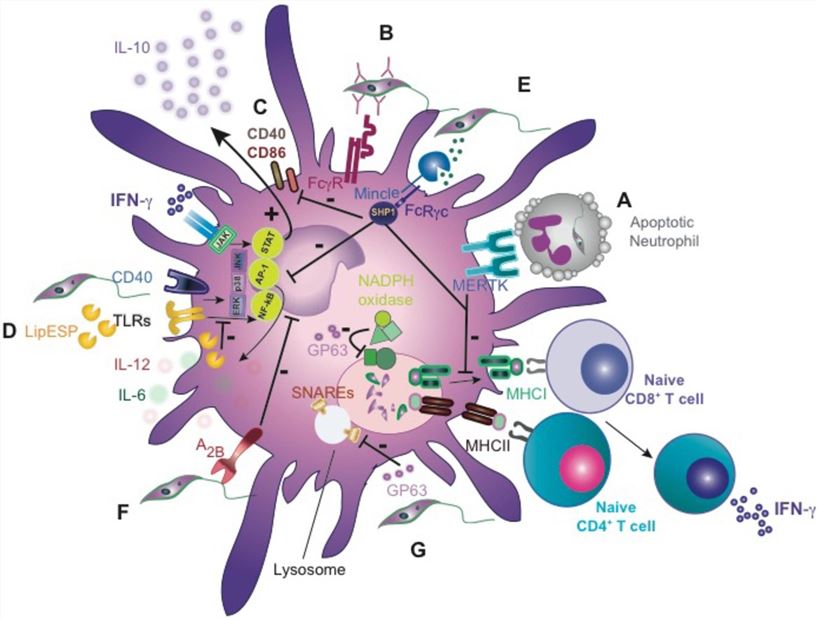Creative Biolabs has accumulated extensive experience in the discovery of antibody and peptide targeting parasite based on our innovative and advanced Anti-Parasite Biomolecular Discovery platform. This platform containing diverse technologies allows us to offer the high-quality anti-Leishmania biomolecular discovery service.

Leishmaniases comprises a group of diseases caused by protozoan parasite belonging to genus Leishmania. Leishmania species are unicellular eukaryotes having a well-defined nucleus and other cell organelles including kinetoplasts and flagella. Based on the main clinical symptoms, these complex diseases may be classified into three groups, namely visceral, cutaneous and mucocutaneous leishmaniasis. Visceral leishmaniasis is the most severe form which may be fatal if not treated. It is caused by parasite L. donovani and L. infantum (also known as L. chagasi). Transmission of visceral leishmaniasis occurs by the bite of a sand fly belonging to genus Phlebotomus and Lutzomiya. Their primary hosts are vertebrates. Leishmania commonly infects hyraxes, canids, rodents, and humans. Leishmania currently affects 6 million people in 98 countries. About 0.9-1.6 million new cases occur each year, and 21 species are known to cause disease in humans.
Visceral leishmaniasis is one of the fatal diseases in the Indian subcontinent due to increasing resistance to conventional drugs, inadequate treatment and HIV-leishmania co-infection. Hence scientists are focusing on the immunotherapy and immunochemotherapy for control and treatment of visceral leishmaniasis.
Several Leishmania proteins have been identified as targets antigen based on their abundance and surface localization. These antigens are identified via T-cell clones, screening of antigen pools and screening expression libraries with sera from infected animals and humans.
 Fig.1 Some Leishmania species evade neutrophils and target
Fig.1 Some Leishmania species evade neutrophils and targetKinetoplastid membrane protein-11 was discovered as a T cell-reactive contaminant in preparations of lipophosphoglycan, the most abundant macromolecule on the surface of the promastigote stage of L. spp. Since then, it has been considered as a promising candidate antigen for vaccine development. Moreover, this antigen has shown an immunoprotective effect in a variety of immunization protocols.
Glycoprotein 63, or leishmanolysin (or major surface protease), is a zinc metalloprotease found on the surface of kinetoplastids. It participates in mediating parasite entry into the macrophages, enhancing phagocytosis and increasing parasite survival within the host. Moreover, the proteinase activity of gp63 plays an important role in controlling the process of complement activation, thus providing the parasite with resistance to cope up with complement-mediated lysis.
Leishmania homologue of receptor for activated C kinase (36 kDa), also known as LACK antigen, is highly conserved among Leishmania species and is expressed by both the promastigote and amastigote forms of the parasite. The protein belongs to a large family of WD 40 repeat proteins confined to eukaryotes and involved in numerous regulatory functions.
The most widely studied second-generation vaccine candidate is fucosemannose ligand (FML), which was firstly isolated from L. donovani and is now commercially available for the treatment of dogs in Brazil. FML presents on the surface of the parasite throughout the life cycle and strongly inhibits the in vitro internalization of macrophages by both promastigotes and amastigotes of various species of Leishmania.
LCR1 is a recombinant protein containing 67-amino acid repeats that shares homology with T. cruzi flagellar polypeptide. When administered as vaccine candidate in recombinant form or expressed in BCG, LCR1 stimulates T cell proliferation and IFN-γ production in infected mouse splenocytes, thus contributing to partial protection against L. chagasi infection.
With years of experience in the field of antibody development, Creative Biolabs has successfully developed an advanced AntInfectTM Platform, which is optimal for biomolecular generation. Our seasoned scientists can provide high-quality anti-Leishmania biomolecular development service for all our global customers. Please contact us for more information and a detailed quote.
Reference